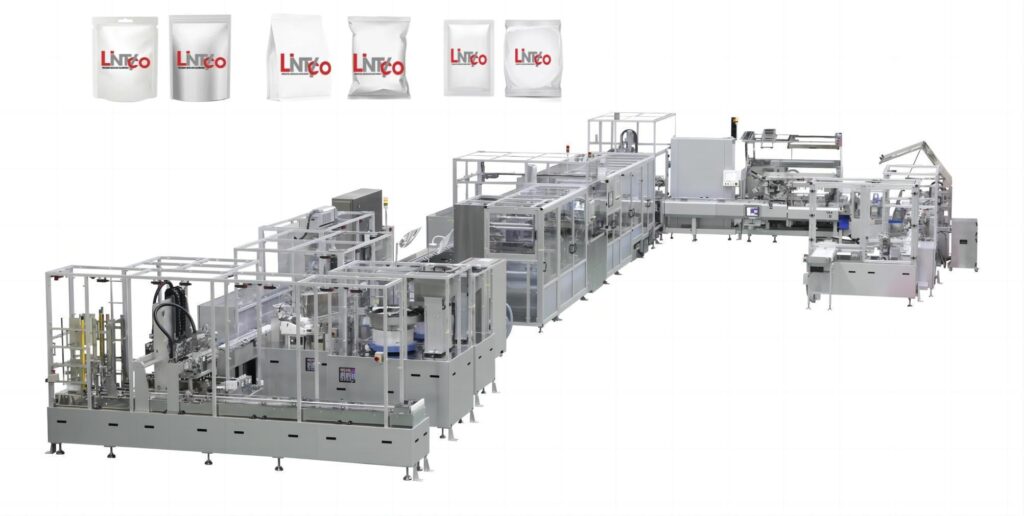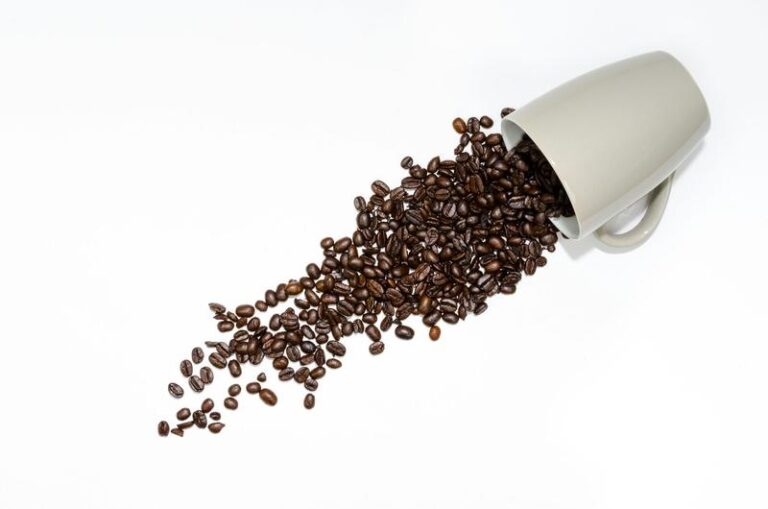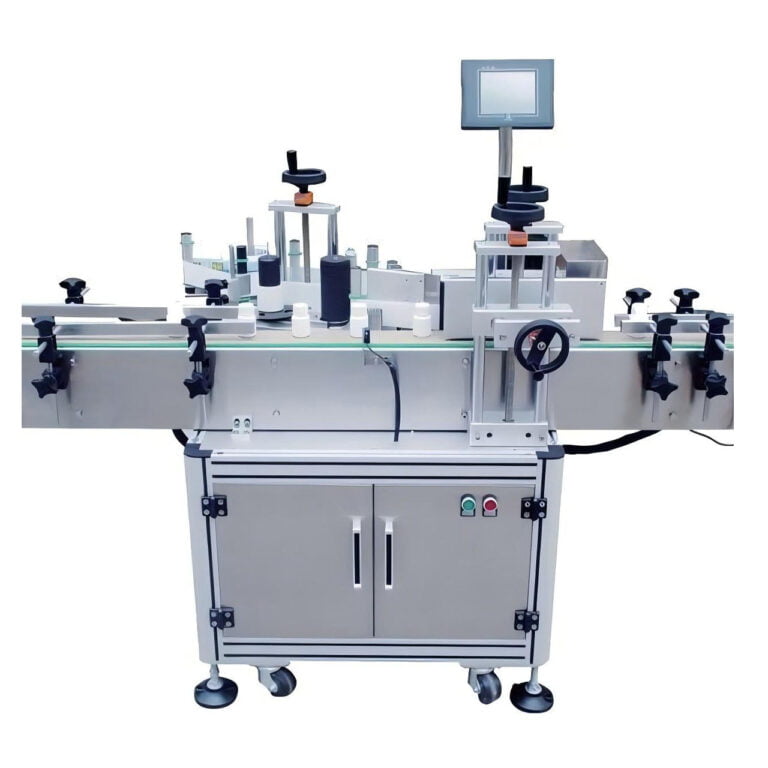Today I will talk about the latest project of our cooperative factory A’Saffa Foods. You will learn about its history and the online livestock and poultry feed factory
Welcome to the A’Saffa Foods feed mill located in the heart of Salalah, Oman. Here you will witness the dedication guided by Van Alsen’s expertise. A’Saffa Foods was established in 2001 and has grown to become one of Oman’s leading vertically integrated poultry businesses. Its core activities are concentrated in the Salalah region, which houses state-of-the-art, fully integrated poultry production facilities. The facility seamlessly integrates a hatchery, broiler farm, feed mill and processing plant, all strategically located on one site.
A’Saffa made a strategic decision to open a new feed mill to increase production in various sectors, including farms, hatcheries, feed mills, slaughterhouses, and food processing. When selecting the ideal supplier for its feed mill, A’Saffa prioritized criteria such as durability, quality, and energy efficiency. With this in mind, Van Aarsen was the perfect choice to design and implement a new 50-ton-per-hour feed mill for A’Saffa Foods.
Feeding and batching
Raw materials are received at the feed hopper and cleaned by rotating screens and magnets. From here, raw materials can be transported to corn silos, soybean warehouses, or directly to ingredient silos. From the batching bin, the raw materials are weighed and batched in a 6.000 kg macro batching scale. The integrated unloading bin ensures fast unloading of weighed parts and shortens batch cycle times. Minerals are received in large bags in a separate dump pit in the building’s adjacent warehouse and mechanically transported to the mineral batching silo.
Crushing and mixing
After this step, the raw materials enter the grinding and mixing line. In two GD1400 hammer mills, raw materials are ground precisely to achieve the required size and structure. The silo below the hammer mill is equipped with explosion-proof devices to minimize dust and potential spark hazards generated by the hammer to ensure safety. Additionally, trace ingredients packaged in bags are added manually into one of eight silos. The maximum batch weight allowed for the microdosing system is 200 kg.
Mixing
Next, the micro-assembly is precisely metered using a hydraulically operated slide, allowing for a variety of adjustments to settings, slide speeds, and openings. For challenging flowing materials, four silos are equipped with integrated stirring devices. Additionally, other ingredients can be introduced via a manual additive box located on top of the mixer. All recipe ingredients are mixed seamlessly in a 10,000-liter MultiMix paddle mixer, ensuring a homogeneous mixture. Add the oil directly to the blender. To prevent contamination, the liquid pipeline has an air purge function to prevent dripping from the nozzle during liquid metering.
Granulating and conditioning
The mixture is conveyed from the mixer to the powder silo of one of the two granulation lines. The metering screw regulates the product transport according to the granulator load demand, sending it through the long-term container to the steam mixer. By keeping the meal at a temperature of no less than 85 degrees Celsius for at least 3 minutes, any potential pathogens such as salmonella are killed, keeping the meal hygienic. The hygienic and well-conditioned meal continues to the CU900 XL granulator where it is compressed into granules. Calculated based on A’Saffa’s recipe, the two granulators have a capacity of close to 30 tons per hour.
Cooling off
The pellets are cooled to near ambient temperature in a counterflow cooler TK3000. Thanks to the rotating pellet distributor, the product is evenly cooled before exiting the hydraulic discharge mechanism, while the actual pellet level is measured by a continuous level sensor of the ultrasonic type. If necessary, the particles can be crushed. After the cooling process, the granules and chips are screened to eliminate dust and then recycled to a bin above the granulator. Finally, the pellets and chips are transported to the final feed silo. Here they are either loaded into bulk trailers using loading bellows or sent directly to the filling station for packaging into 50kg bags.
Food packaging line from Lintyco

Lintyco is a pioneer and leader in automated Food Packaging Machines and end-to-end packaging systems. Lintyco’s innovative packaging solutions for food, pharma, and other applications are complemented by advanced solutions for secondary packaging, wrapping & cartoning, bulk packaging, and more. Whether you are looking for a new machine or a complete line, or if you just want to upgrade your current packaging machine, talk to Lintyco. As experts of the industry with over three decades of proven expertise, Lintyco will provide the optimal solution backed by excellent consultancy and support.





